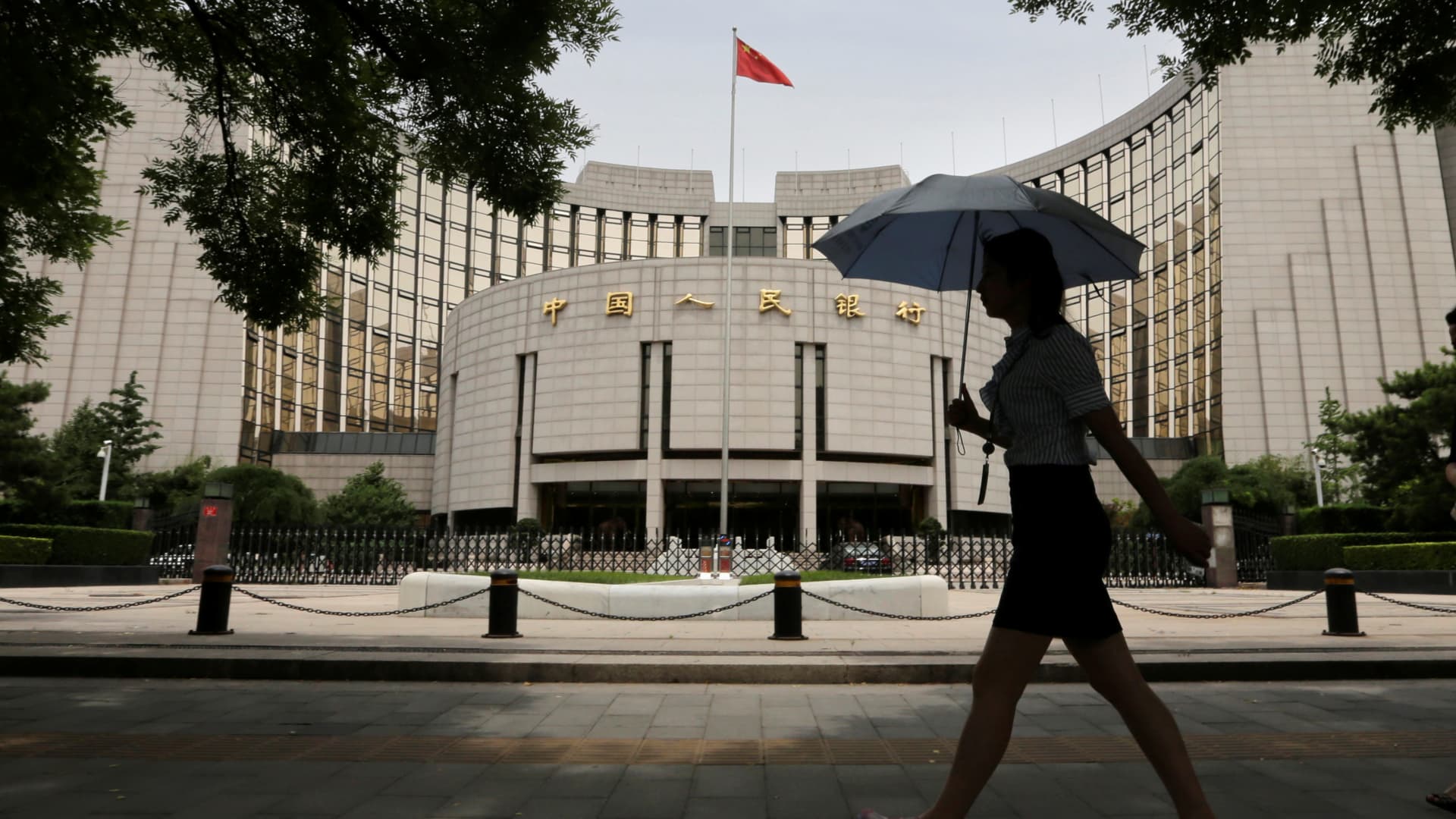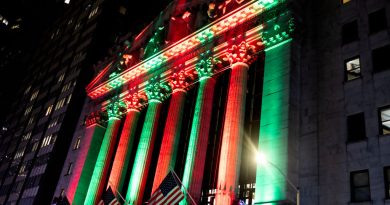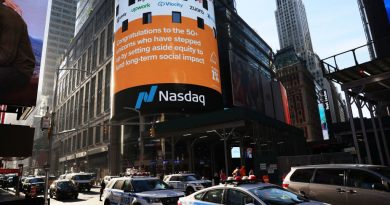A Fed rate cut may lend a helping hand to Chinese stocks. Or not.

The U.S. Federal Reserve is widely expected to finally start taking its foot off the interest rate brakes this week, and that will give authorities at China’s central bank room to act too. By extension, the move in Washington, D.C. could also spell good news for Chinese stocks. “U.S. monetary easing could be a catalyst for a rerating of growth sectors in Chinese markets, with growth outperforming value,” by an average of 44 percentage points, HSBC analysts said late last week, referring to the higher price-to-earnings ratios they think stocks in China may command. “We stress that earnings growth is the key,” analysts led by Steven Sun, head of research at HSBC Qianhai Securities, wrote in the report. “We think growth sectors like semiconductors and consumer electronics, which recorded strong earnings in 1H24, could outperform during the upcoming easing cycle.” High U.S. interest rates relative to China have made it fairly straightforward for global institutions to pick U.S. Treasurys over Chinese stocks. So have Nvidia ‘s stock gains, which have topped 600% since AI mania started less than two years ago. One Chinese city this summer reportedly became the largest investor in a Chinese fund tracking the Nasdaq-100 . More than lower rates needed Other global investors say Chinese stocks need more than easier monetary policy to become truly attractive. “[T]he biggest drivers for global investors’ allocation decision making, when it comes to the China equity market, are the [business] fundamentals” and macroeconomic conditions,” Laura Wang, chief China strategist at Morgan Stanley, said in an early September note. Perhaps worryingly, she noted that Chinese stock valuations have not been positively correlated with U.S. Treasury yields in 2024. The iShares MSCI China ETF (MCHI) has stabilized this year, rising less than 1%, but has posted double-digit declines in each of the past three years. “Chinese equities are attractively priced from a valuation perspective,” Aaron Costello, regional head for Asia at Cambridge Associates , told CNBC earlier this month. They’re “simply missing a catalyst.” The “fundamental catalyst is earnings,” he said, but the wider economy is languishing. “The issue here is the deflation pressure” remains intense. The core consumer price index that strips out food and energy prices only gained 0.3% in August from a year ago. In a rare public comment signaling the sense of urgency, former People’s Bank of China governor Yi Gang said earlier this month that China needs to focus on fighting deflationary pressures . “It’s more than just real estate,” Costello said. “It’s a fundamental crisis of confidence in some ways.” The “government can push interest rates down, but if households don’t want to spend the extra income, it won’t go into the economy,” he said. Hesitant capital spending Businesses have also been cautious about spending. While second-quarter earnings improved from the first quarter, capital expenditures fell by 4% in the first half of the year, the slowest since 2017, with industrials and renewables leading declines, James Wang, head of China strategy at UBS Investment Bank Research, said in a research report on Thursday. Internet, consumer and auto companies reported relatively better results and earnings forecasts, Wang added. UBS expects MSCI China earnings per share to grow by 7% this year. Earlier this year, People’s Bank of China Governor Pan Gongsheng acknowledged U.S. Fed easing would create room for China to further cut interest rates. On the fiscal front, Beijing is also issuing ultra-long bonds , but has remained relatively conservative. “We think China equity markets should benefit from a lower Federal Fund rate and reduced currency pressures, especially if the U.S. economy avoids sliding into recession during the Fed rate cut cycle,” HSBC’s Sun said. “Specifically, our analysis indicates that Wind All-A index and [Hang Seng China Enterprises Index] could generate an average return of 24.9% and 1.5%, respectively, in the 12 months after the Fed’s first rate cut, assuming no U.S. recession,” the HSBC report said. In a search for stocks that could benefit from lower borrowing costs, an HSBC screen found those with a high debt-to-asset ratio included Shenzhen-listed hog producer Muyuan Foods , and Shanghai-listed China Southern Airlines and Hengli Petrochemical , a refinery that’s in talks to see Saudi Arabia’s Aramco take a 10% stake . The HSBC screen looked only at mainland Chinese stocks with expected revenue growth of more than 10% this year and a debt-to-asset ratio above 60%, among other factors.




